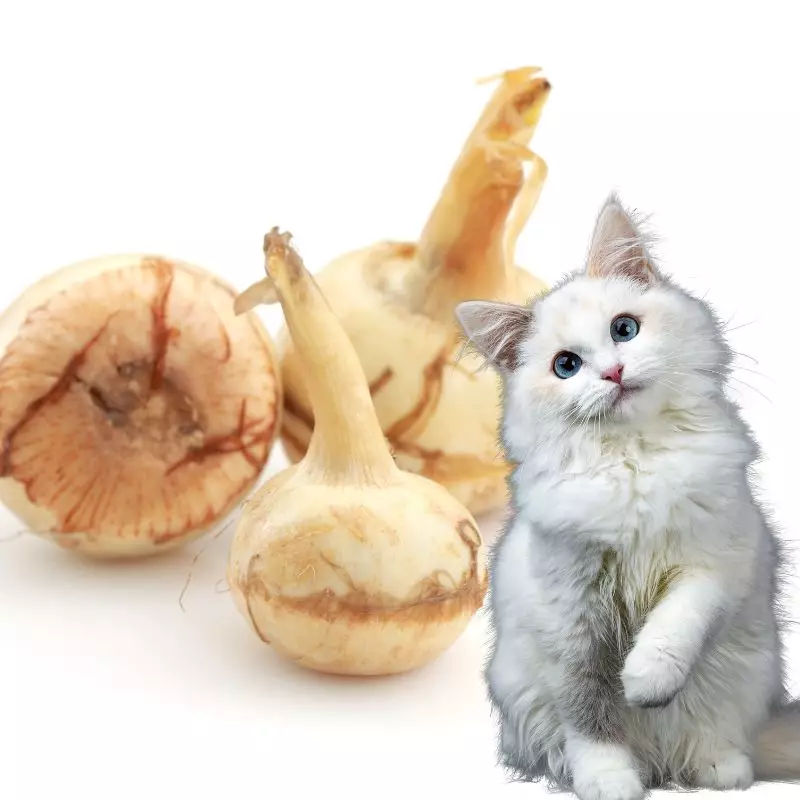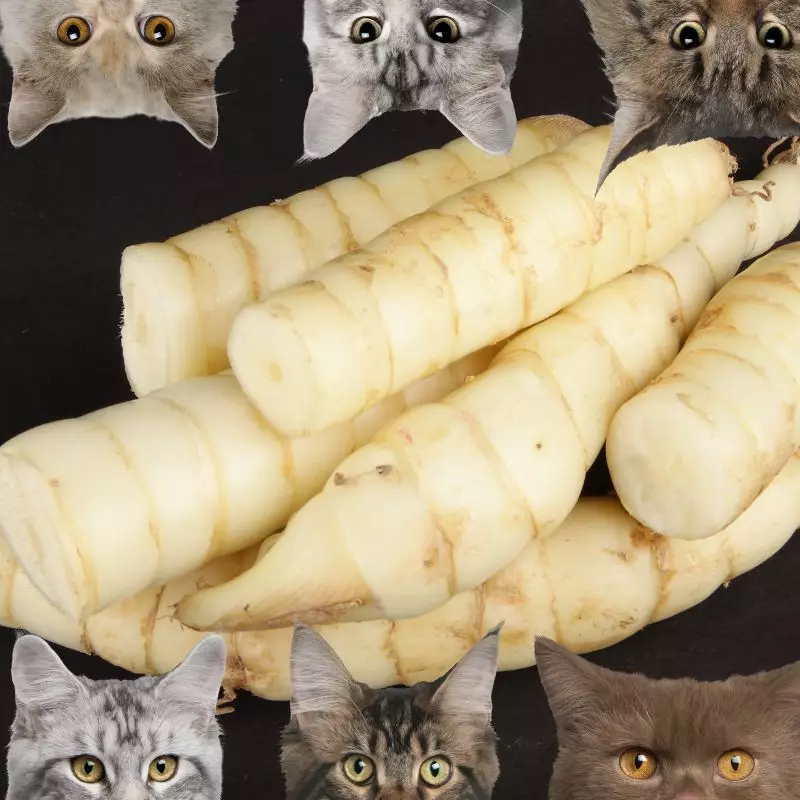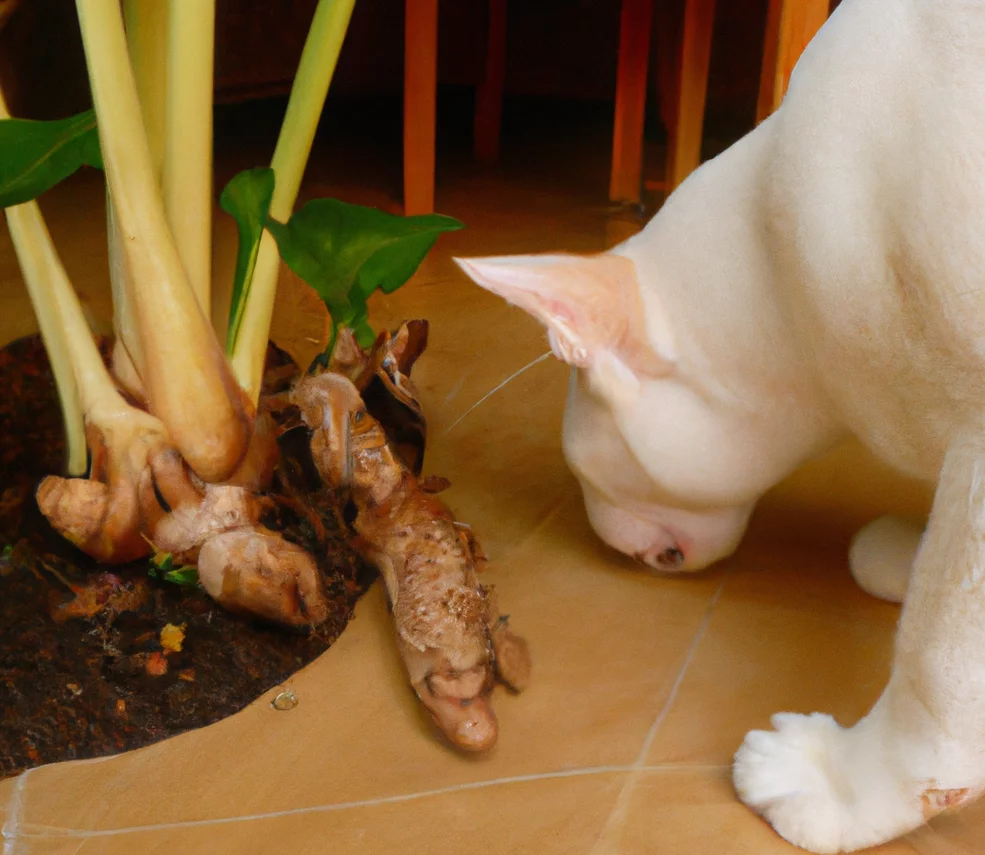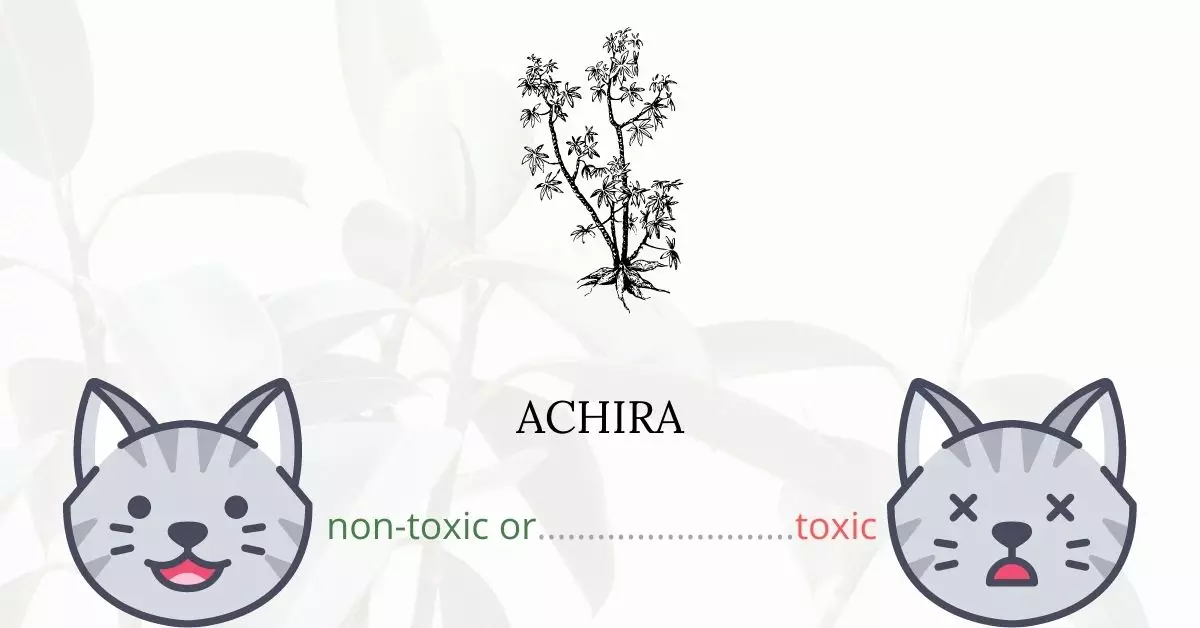Achira, predominantly cultivated as a root crop in regions with higher elevations, often prompts inquiries about its safety for cat consumption. To address this, we provide a straightforward answer: Achira, or Arrowroot, is indeed safe for cats to consume.
This article has been meticulously written in collaboration with a panel of experienced Doctors of Veterinary Medicine (DVMs), ensuring the provision of accurate, reliable, and up-to-date information on the potential risks associated with various plants, Achira in this instance, and their impacts on cats. Their substantial contributions empower us to clarify that, according to the American Society for the Prevention of Cruelty to Animals (ASPCA) and additional high-authority resources like PetMD, Achira does not contain any toxic properties that can harm cats. Our collaborative efforts aim to educate and reassure pet owners, delving deep into authoritative resources and expert insights on every plant explored, to uphold the well-being of our feline companions.
Can Cats Eat Achira or Arrowroot?

Achira is safe for cat consumption as it does not contain toxic properties. It is commonly used by humans in a variety of foods, including biscuits. In case your cat nibbled on some arrowroot biscuits, there is no need to worry.
The achira or arrowroot leaves and stalks are also edible for your feline companions. These leaves and stalks can also be harvested and utilized as garden surface mulch. On the other hand, the achira roots and rhizome (underground stem) are common sources of starch can be used in the same manner as potatoes are.
Achira or arrowroot powder is also a known remedy for diarrhea in cats. It is said that a pinch of arrowroot powder can alleviate the said illness in cats.
What is Achira or Arrowroot?

Achira, also known scientifically as Canna edulis, is a rhizome (root) crop native to Central and South America, including the West Indies. Its primary habitats are regions with a lot of rain, disturbed areas, roadsides, and village outskirts. It is also naturalized in regions of the United States, Europe, Sub-Saharan Africa, Australia, and the Pacific Islands.
The achira plant is also commonly called Canna and Arrowroot which has similarities with Amaryllis but lacks toxicity. The plant has huge leaves and delicate stalks that are topped with vivid red blossoms. Achira rhizomes may grow to be nearly three feet long if let to grow for more than a year.
Achira is also linked to ornamental Cannas, and the plants have a similar appearance. This crop is easy to cultivate in the Pacific Northwest and in other sections of the United States with at least moderate summer rainfall.
Because achira or arrowroot starch is easily digested, it is ideal as a nutritious meal both for adults and infants. Arrowroot starch can also be used in baking. Similar to banana or maize leaves, the leaves are used to wrap desserts throughout South America. The leaves are given to cattle in certain regions. The tubers can be either raw or cooked.
Keeping Cats Away From Achira or Arrowroot

While achira or arrowroot is generally safe for the consumption of cats, it is still best to train your cats to stay away from nibbling on plants.
Cats are carnivorous thus, they lack the enzymes to completely digest plant materials. Consumption of plant material, particularly in large doses, may still cause cats to experience constipation and stomach upset.
Plants to Avoid For Your Cats
If you are planning to purchase or grow a plant for your garden and are unsure if it is harmful to your cat, check out this list of toxic plants for cats. You can also refer to our list of non-toxic plants for cats.





